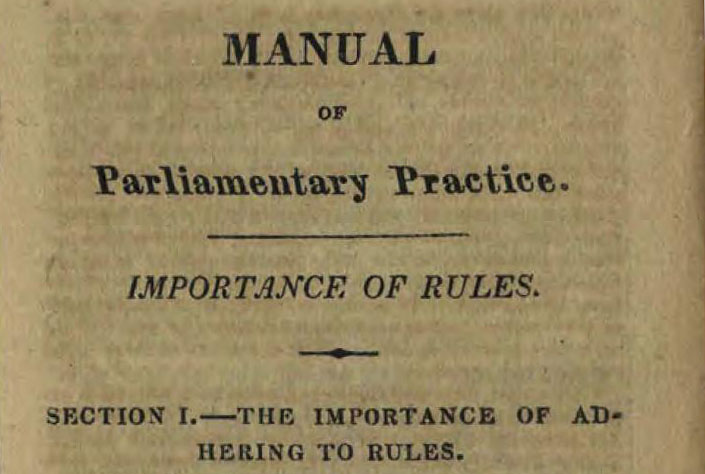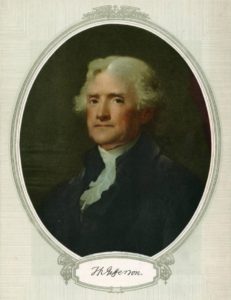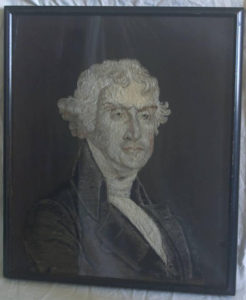“A Dignified Public Body”: Thomas Jefferson’s Manual of Parliamentary Practice


April 13 marked the 273rd birthday of Thomas Jefferson, the second vice president and third president of the United States and drafter of our Declaration of Independence, which we shared in print format in a recent blog post. To say that Jefferson was a prolific writer with a strong influence on our federal government and its procedures would be an understatement, and so in honor of Jefferson’s birthday and our current election cycle, we would like to share Jefferson’s Manual of Parliamentary Practice, Composed Originally for the Use of the Senate of the United States.
First published in 1801, Jefferson’s Manual was comprised of notes taken while Jefferson studied parliamentary procedure at the College of William and Mary. While holding his office of vice president and, thus, president of the Senate, Jefferson compiled the rules of Britain’s Parliament, applicable texts from the U.S. Constitution, and the rules of the U.S. Senate as they stood at the time. According to U.S. Senate history, his primary motivation in doing so was his own personal feeling of inadequacy as he presided over Senate hearings and meetings: “In his first days as vice president, Jefferson decided to compile a manual of legislative procedure as a guide for himself and future presiding officers. He believed that such an authority, distilled largely from ancient books of parliamentary procedure used in the British House of Commons, would minimize senators’ criticism of presiding officers’ rulings, which in those days were not subject to reversal by the full Senate.”

Ultimately, Jefferson’s Manual was published less than a month before he was sworn in as president of the United States. The text, however, was and still continues to be an integral element in the operations of the two U.S. Congressional chambers. The House of Representatives incorporated applicable portions of the Manual into its rules in 1837; meanwhile, though the Senate does not look to the text as a governing document, the Manual “has a strong influence on how the Senate acts with order and decorum.”
The Manual is available digitally from other organizations, including both the House of Representatives and the Senate. Typically, when a title has already been digitized, practice dictates that other copies of the same text not be scanned, simply to conserve resources and prevent redundancy. However, in the case of this particular text, we have chosen to scan it ourselves and add it to Ohio Memory. Though not considered a founding document of such stature as the Declaration of Independence or the U.S. Constitution, it is an important piece of our governing history and, thus, deserves a place in our online collection.
Thank you to Shannon Kupfer, Digital/Tangible Media Cataloger at theState Library of Ohio, for this week’s post!



Leave a Reply
You must be logged in to post a comment.